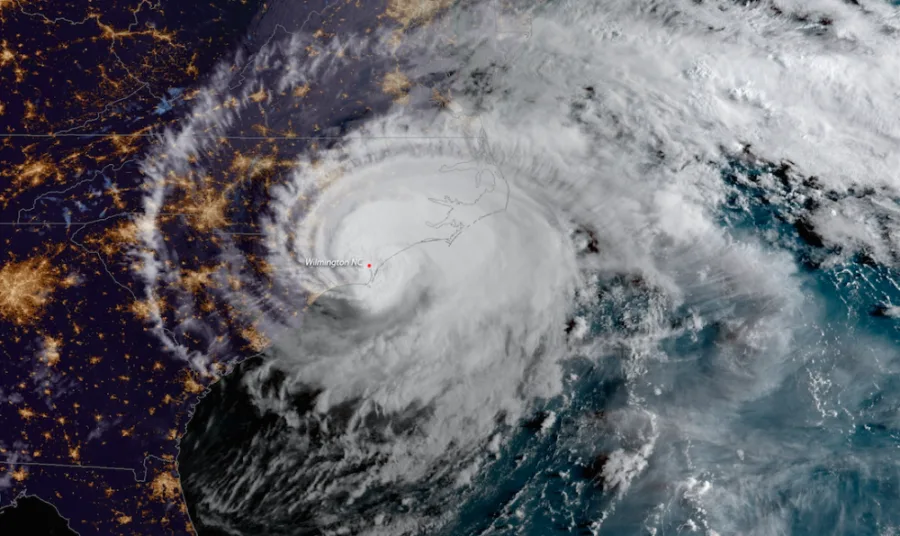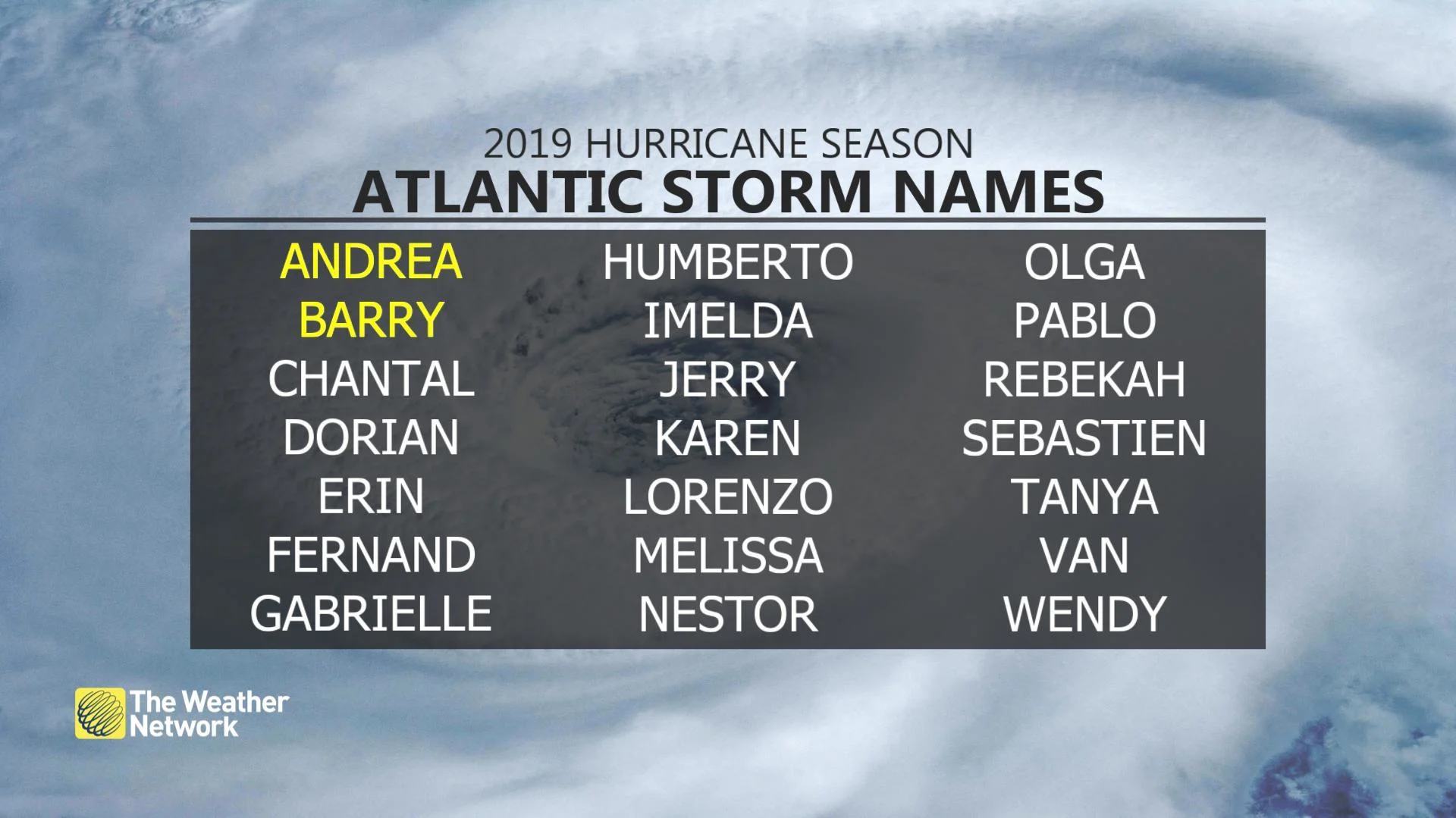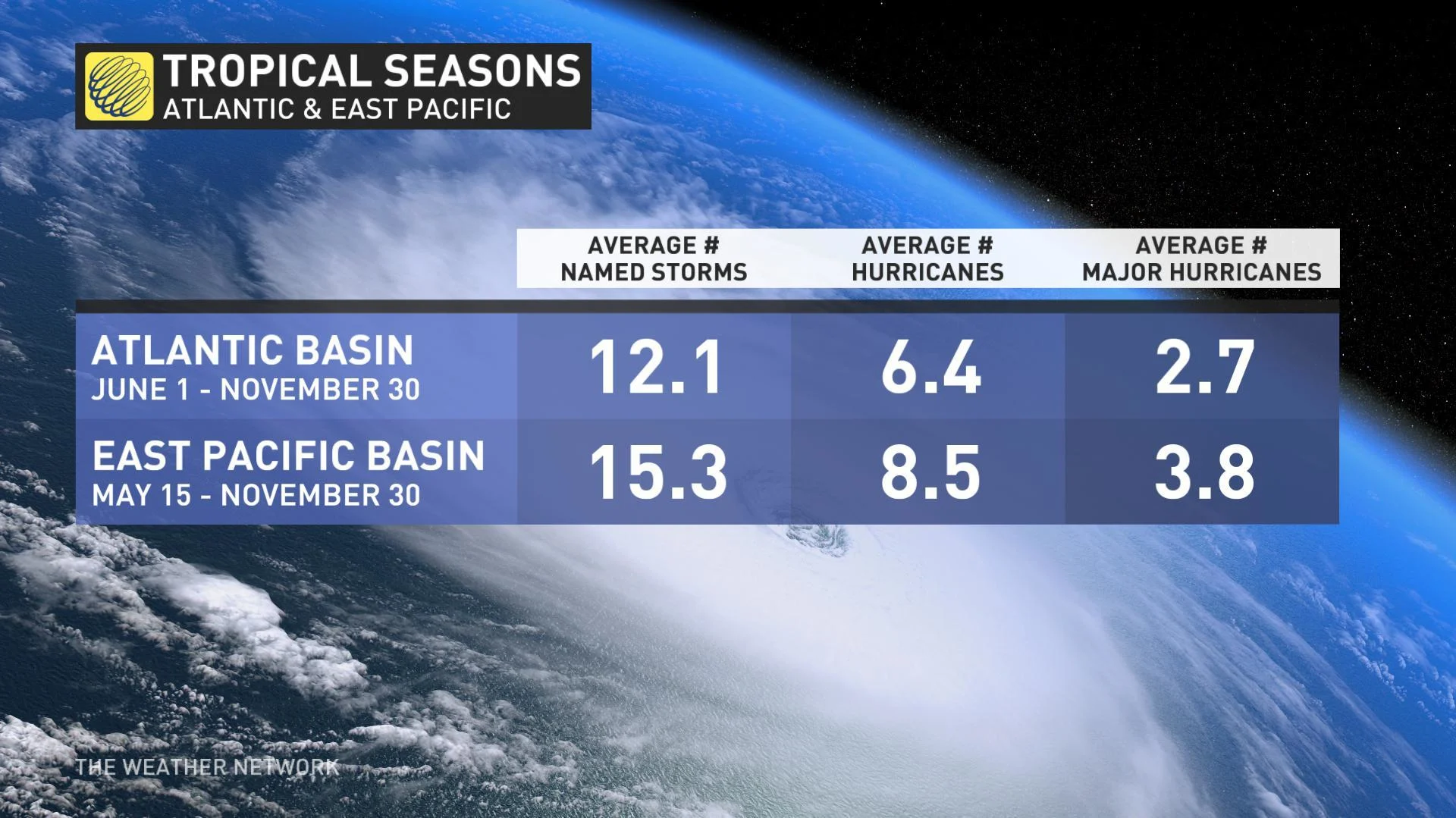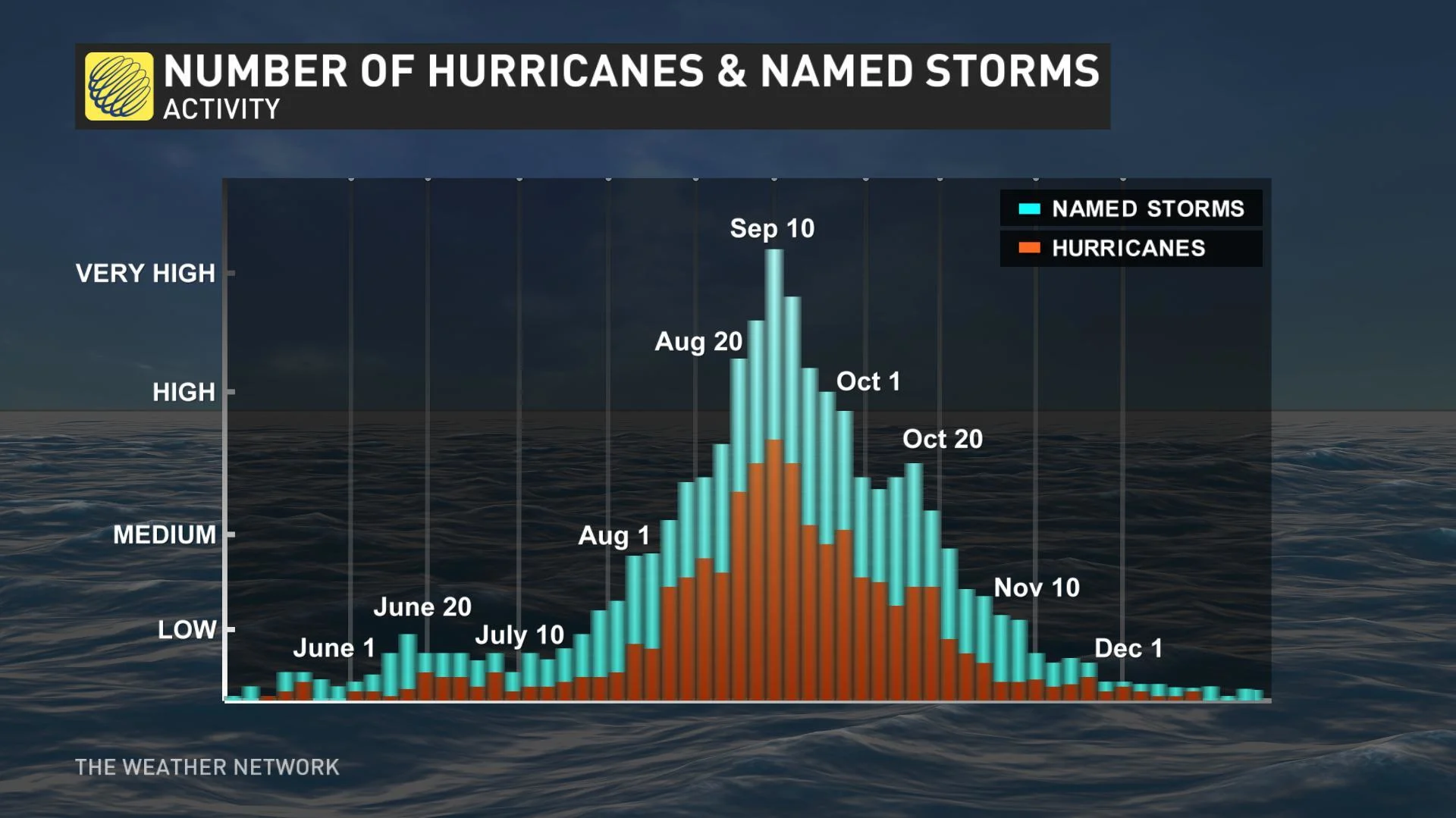
Hurricane season could see spike in the number of storms: NOAA
With El Nino gone, this could boost Atlantic hurricane activity
The National Oceanic and Atmospheric Administration (NOAA) now says there is a possibility of more hurricanes forming this season than as predicted in the spring.
The NOAA issued a statement Thursday morning with a look ahead at the hurricane season, outlining the oceanic and atmospheric patterns, which now look favourable for above-normal activity because El Nino is now gone. The updated outlook covers the entire six-month hurricane season, which ends Nov. 30.
The agency's outlook is for overall seasonal activity and is not landfall forecasts, which are mainly determined by short-term weather patterns, only predictable within about a week of a storm potentially reaching a coastline.
CHANCES OF ABOVE-NORMAL SEASON SPIKES
The agency's Climate Prediction Center has boosted the likelihood of an above-normal Atlantic hurricane season to 45 per cent, up from 30 per cent in the May outlook. The chances of near-normal activity is now at 35 per cent and the odds of below-normal activity has dropped to 20 per cent.
So far, two named storms developed ahead of the peak months of the hurricane season, which is now through October.

“NOAA will continue to deliver the information that the public depends on before, during and after any storms throughout the hurricane season,” said Neil Jacobs, Ph.D., acting NOAA administrator, in the press release. “Armed with our next-generation satellites, sophisticated weather models, hurricane hunter aircraft, and the expertise of our forecasters, we are prepared to keep communities informed to help save lives and livelihoods.”
NUMBER OF STORMS TO INCREASE, TOO
As well, the number of forecasted storms is higher with NOAA calling for 10 to 17 named storms with winds of 39 mph (63 km/h) or greater, of which five to nine will become hurricanes reaching winds of 74 mph (119 km/h) or greater. The latter will include two to four major hurricanes with winds of 111 mph (178 km/h) or higher.

On average, the Atlantic hurricane season produces 12 named storms, six of which become hurricanes, including three categorized as major.
“Today’s updated outlook is a reminder to be prepared,” said Pete Gaynor, acting FEMA administrator. “We urge everyone to learn more about hurricane hazards and prepare now, ahead of time, so that if state and local authorities announce evacuations in advance of a storm, you and your family will have planned where to go and what to do to stay safe.”

EL NINO ENDS; CONDITIONS RETURN TO NEUTRAL
NOAA also announced the most-recent El Nino in the Pacific Ocean has ended and neutral conditions have returned.
“El Nino typically suppresses Atlantic hurricane activity but now that it’s gone, we could see a busier season ahead,” said Gerry Bell, Ph.D., lead seasonal hurricane forecaster at NOAA’s Climate Prediction Center. “This evolution, combined with the more conducive conditions associated with the ongoing high-activity era for Atlantic hurricanes that began in 1995, increases the likelihood of above-normal activity this year.”

SEE ALSO: Lunar lander crash may have established 'water bear' colony on the Moon
FEMA READY CAMPAIGN
To highlight the dangers associated with hurricanes, including storm surge and flooding, the Federal Emergency Management Agency (FEMA) Ready Campaign and its federal partners released high-quality videos that show the dangerous threat from tropical weather.
The videos also emphasize the importance of following orders from state and local authorities in advance of a storm. The 15-, 30- and 60-second video clips are available for broadcast or social media distribution and can go along with additional storm surge resources from NOAA.
"NOAA encourages residents in communities that can be impacted by landfalling hurricanes to ensure their preparedness measures are in place now to become a more weather-ready nation," NOAA said.
Stay tuned to The Weather Network for the latest on tropical storm and hurricane activity in the Atlantic.











